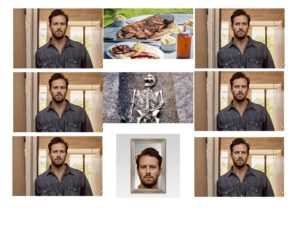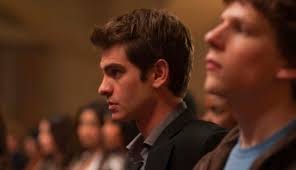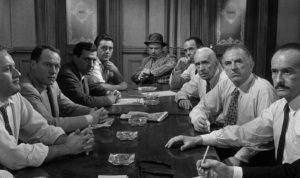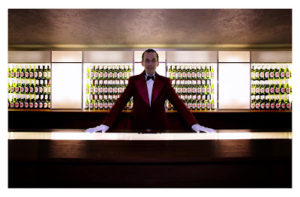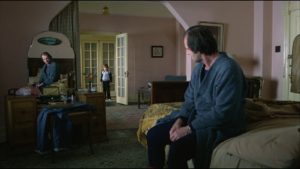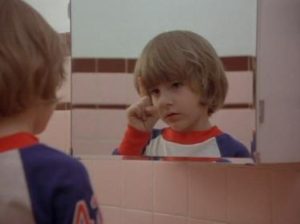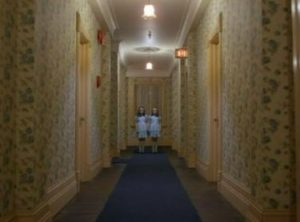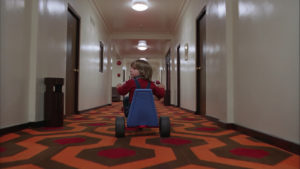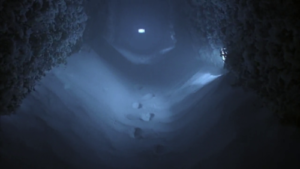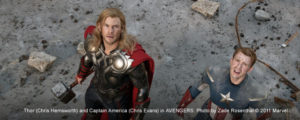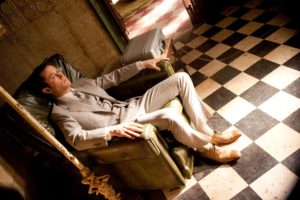https://vimeo.com/212470957
Whiplash (Chazelle,2014) is an intense and thrilling story that shows how far one can push themselves when faced with complete failure.
In this ending scene Andrew Neiman (Miles Teller) delivers the performance of his life after hitting rock bottom by utterly failing a song in front of a large audience, something that could potentially ruin his career.
Tom Cross used many different editing techniques to build the tension in the film so that the audience may understand the pain Neiman has been through and how much this moment means to him, as well as how unstable the relationship between Neiman and Fletcher (JK Simmons) is.
For example the use of continuity editing helps slowly build the tension without interruption, therefore the audience is never given a break from the tension. At 4:05 there is a sequence of shots – piano, brass section,woodwind section, piano, brass section,woodwind section, drums. These quick cuts to each different part of the orchestra along with the music constantly playing in the background helps build the tension because it puts the audience in the musicians place. It shows the complexity and difficulty of the song and shows how hard Neiman has worked to achieve this skill. The fact that now the band is performing in perfect harmony contrasts with the earlier scenes in the previous song in which Neiman was playing incorrectly and creates even more tension for the audience because they can know see that all his work has paid off and that this is his moment.
Additionally, the use of, what i assume is, colour correction to change the colour of the film to a red colour grade shows anger and passion, it reinforces the tension because it subconsciously emphasises the desperation and importance of that moment. It also reveals the intensity of the work and the difficulty that Fletcher has caused him in his life.
Furthermore, multiple establishing shots are used at 2:20 to show the whole orchestra in an impressive awe-inspiring way. This is done for two reasons;
- To show how much this performance means to everyone in the orchestra, it shows that it isn’t a rehearsal or a small “gig” at a bar. It reveals to the audience that this final performance is the one that their whole career has been leading up to.
- To establish the power dynamics in the scene; at this moment in time Fletcher is in control, the viewer can see that he is the conductor of the orchestra and because of this, all the instrumentalists are playing in harmony.However, later on in the scene Neiman is seen to be the main focus of attention. This is revealed through the use of close-ups of the drums and his face. Now it seems like Neiman is the conductor instead of Fletcher which furthermore creates tension between the two.
Finally, Cross uses eye-line matching to furthermore demonstrate the tension between Fletcher and Neiman. From 1:17 – 1:21 there is a sequence of shots of Their faces showing:
- Neiman’s determination
- Fletcher’s confusion.
Suddenly there is a hunt for power and a clash of determination between the two, the clash of both of their powerful motives creates unease as the audience doesn’t know who will end up victorious. This sense of unpredictability produces tension and continues to lead the audience towards a conclusion – gripping the audience in the process.

